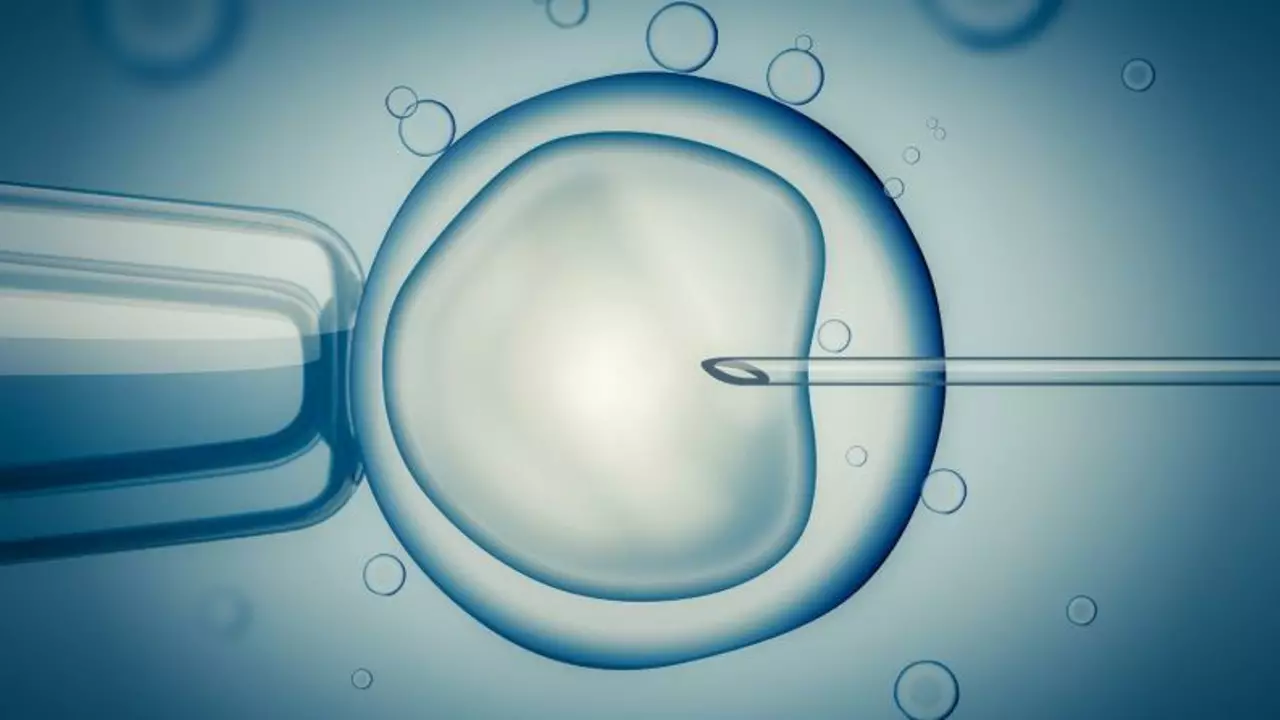Curious about IVF and how it works? This article breaks down the five key stages of IVF, explaining each part in everyday language. You'll learn what actually goes on before, during, and after the process—and pick up tips from real experiences, not textbook advice. Whether you're starting IVF or just want to understand it better, these details make the journey a little less mysterious. Walk away with practical knowledge you can actually use.
Read MoreIVF Timeline: What Happens When
If you’re starting IVF, the biggest question is usually ‘how long will it take?’ The answer isn’t one‑size‑fits‑all, but most cycles follow a similar pattern. Knowing the weekly milestones helps you plan work, family, and self‑care. Below is a practical walk‑through of a standard IVF cycle, broken into the main phases you’ll experience.
First 2 weeks: Stimulation and Egg Retrieval
Day 1 of the cycle begins with hormone injections. You’ll take a daily dose of FSH (follicle‑stimulating hormone) to coax your ovaries into producing multiple eggs. Most clinics ask you to do daily blood tests and ultrasounds around day 5‑7 to track follicle growth. When the follicles reach the right size (usually 18‑20 mm), you’ll get a final ‘trigger’ shot of hCG to mature the eggs.
Egg retrieval is scheduled 34‑36 hours after the trigger. It’s a short, outpatient procedure done under light sedation. The doctor uses a thin needle to pull the eggs from the ovaries, and you’ll be back home the same day. Recovery is usually a day or two of mild cramping and spotting.
Weeks 3‑6: Embryo Transfer and Early Pregnancy
While the eggs are being fertilized in the lab, you’ll start progesterone supplements to support the uterine lining. By day 3‑5 after retrieval, the lab will have created embryos. You’ll discuss with your doctor whether to do a fresh transfer or freeze the embryos for later.
If you go for a fresh transfer, the embryo is placed into the uterus using a soft catheter. The whole process takes a few minutes and feels like a quick pap smear. After the transfer, you’ll continue progesterone and possibly low‑dose estrogen for about two weeks.
Two weeks after the transfer, you’ll have a blood test for beta‑hCG. A positive result means implantation succeeded, and you’ll enter the early pregnancy phase. If the test is negative, you can talk to your doctor about next steps—whether to try another fresh cycle, use frozen embryos, or adjust the protocol.
Throughout the timeline, keep a simple journal of medication times, side effects, and emotions. Staying organized makes appointments smoother and helps you spot anything that needs a doctor’s attention. Also, lean on your support network—partner, family, or a friend—because the hormonal swings can affect mood.
Remember, every body reacts differently. Some cycles may be a bit shorter or longer, especially if you need extra monitoring or a delayed transfer. The key is to stay informed, ask questions, and follow the plan your clinic tailors for you.
By breaking the IVF timeline into clear weekly chunks, you can turn a daunting process into a series of manageable steps. Keep this guide handy, and you’ll feel more in control of your fertility journey.





